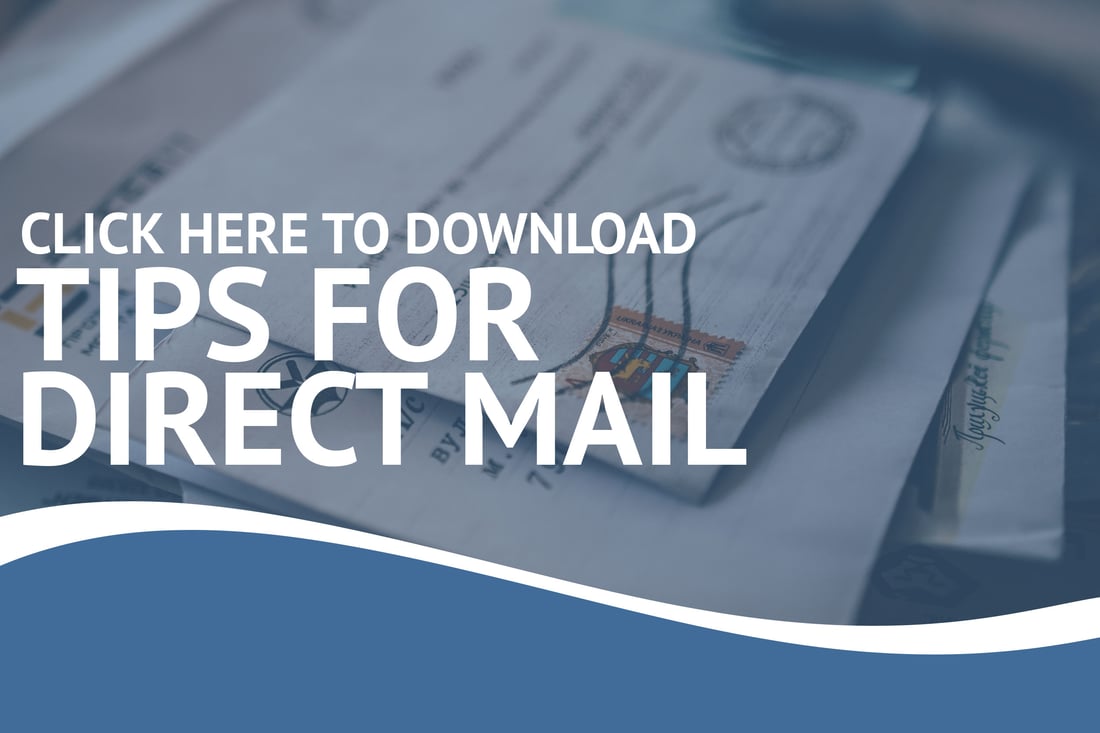While many new communication channels have emerged in the past twenty-five years with the rapid rise of the internet, email, and mobile phones as well as most recently social-media, the tried but true strategy of direct mail remains foundational to fundraising.
Direct mail is the workhorse of most direct response programs bringing in about 8-9 times more money than email and these new channel fundraising strategies. The Direct Marketing Association (DMA) recently reported that mail outperformed all digital channels by 600% with an incredible 3.7% response rate. (For perspective, digital channels average 0.62% response rate.)
So, executed well, direct mail continues to be the central channel that generates the most charitable giving for most organizations today. Now, that is not to say that a multi-channel fundraising strategy should not be used. To the contrary, multi-channel is critical for organizations to use wisely today but a well-executed direct mail program is key component to a healthy, comprehensive development program.
Key components of direct mail
At the risk of being overly simplistic, there are just a few key components:
- Just do it! (Yes, we know. Sounds simple but for many organizations just simply making a commitment to do it and do it regularly this year needs to be said and said again and again!
- Find a fundraising consultant with expertise to help you execute! There are many qualified and experienced fundraising organizations that have years of expertise. Choose one that can execute We know of an organization that was able to respond to a national disaster and mail 61,000 constituents in 72 hours including every phase of the direct mail program due to having a strong fundraising consultant on hand. This included copywriting, design, segmenting, printing and encoding carrier as well as reply envelopes along with printing the letter, reply device, perforating, folding, inserting, stamping and mailing. Impressive!
- One of the important decisions is to segment your constituent list to identify those that prefer mail (yes, there are very large percentages of constituents that fall in this category).
- Then it’s important to have a clear and compelling message and offer or call to action. Quality creative writing as well as design all play important roles in the success of direct response mail programs.
- Analytics!! It should go without saying that coding and tracking are critical to give the analytical insight to measure results, identify challenges to be corrected so that future direct mail can include changes and repeat!
What are the benefits of direct mail?
- Mail is both physical and tangible (unlike digital) and tends to hang around the home longer than quickly deleting an email or glancing at a text message.
- Direct mail, if done regularly, builds relations and becomes a regular pattern that constituents look forward to on that regular basis.
- The deeper the connection to an organization, the more likely the constituent is to give. In depth writing and heartfelt stories can best be told in mail. Contrasted (as it should be) with other channels that still are valuable but can serve a communications strategy in other ways (quick news, or a brief headline for example).
- Who doesn’t love a written thank you? An old art form that many have forgotten but a good old fashioned thank you in the mail deepens and strengthens that bond.
Our partnership with Hubspot gives you these tools and so much more when you become a Paperless Transaction client. What are you waiting for? Click here to schedule your call today!

